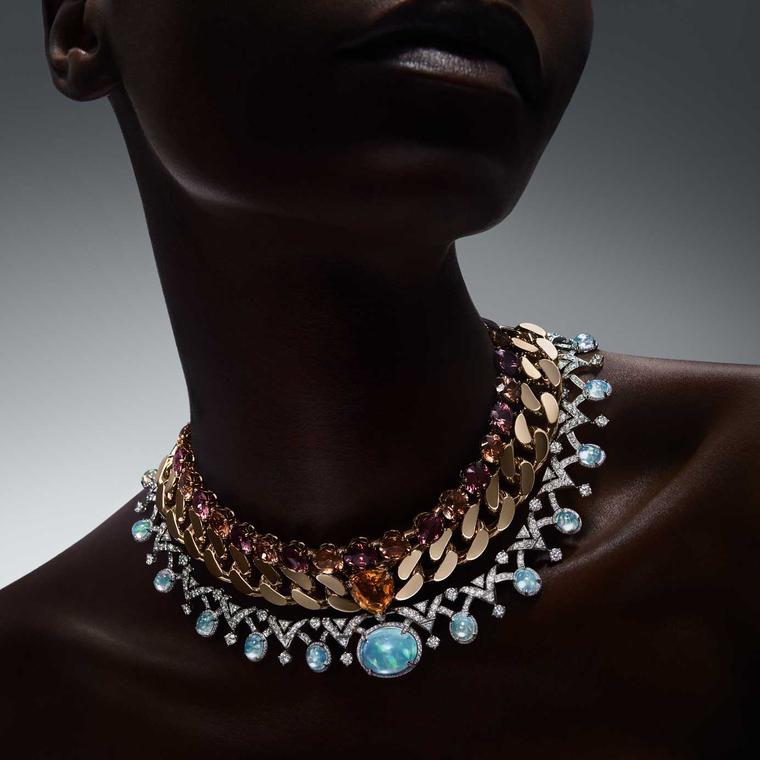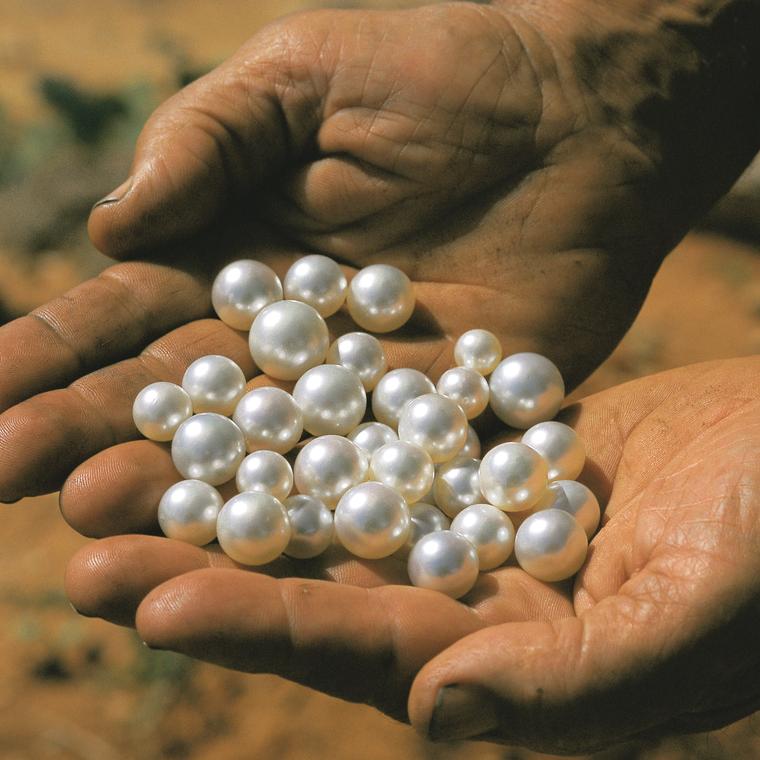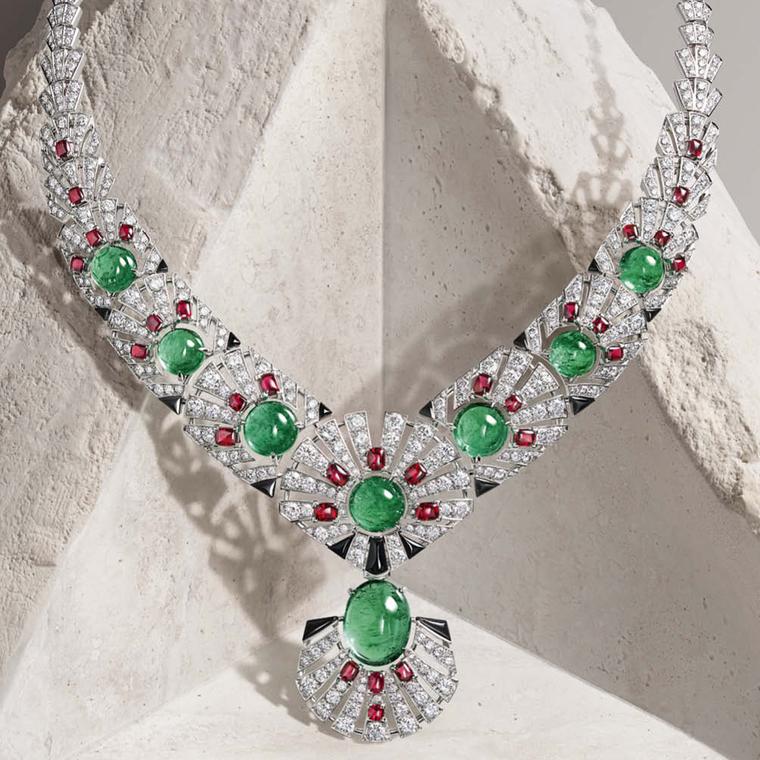
In Valenza, a small but industrious city in northern Italy long regarded as the country’s jewellery capital, Bvlgari has unveiled a landmark project. With its newly expanded Manifattura — now the world’s largest single-brand jewellery manufacturing site — the Roman Maison isn’t merely scaling up. It’s making a statement about what modern luxury should look like: sustainable, skilled, and socially rooted.
The numbers are impressive. The facility now spans 33,000 square metres, with an expansion that adds nearly 19,000 sqm and sets the brand on course to double its production capacity by 2029. Over 1,100 employees currently work on site, with 500 more jobs projected in the next four years. But behind this growth lies a quieter transformation — one powered by solar energy, rooted in reforested soil, and humming with the activity of one million bees.

Sustainability is embedded into every layer of the site’s design. The factory’s energy needs are met through a blend of over 4,100 photovoltaic panels and a geothermal system comprising 100 ground probes. Despite its size, the expanded complex maintains the same carbon footprint as before. The site is LEED Gold-certified, a distinction awarded by the U.S. Green Building Council. LEED stands for Leadership in Energy and Environmental Design, and it is one of the most rigorous global standards for sustainable construction. Certification recognises excellence in energy efficiency, water conservation, indoor environmental quality, and the use of low-impact materials.

Bvlgari’s environmental ambitions go beyond the building itself. An 8,000-square-metre area outside the factory has been rewilded with native tree species in partnership with the Po and Orba River Park Authority. Ten beehives — home to nearly a million bees — have been installed nearby. Every piece of jewellery produced here is crafted using 100% gold from sources certified by the Responsible Jewellery Council, a milestone Bvlgari reached in 2022 and still leads within the industry.

Yet sustainability, in Bvlgari’s eyes, is not only ecological — it’s cultural. The Valenza facility has become a blueprint for preserving and renewing Italian savoir-faire. The site now hosts Scuola Bvlgari, the Maison’s first publicly accessible jewellery school. Developed with Italy’s Tarì Design School (TADS), it offers professional training in goldsmithing and gemstone setting. Positioned symbolically between the new and original buildings and joined by a suspended walkway, the school is designed to pass on artisanal traditions while embracing modern methods.
This builds on the success of Bvlgari’s internal Jewelry Academy, established in 2017 to train newly hired artisans. Together, the two programs create a comprehensive, forward-looking ecosystem: one that cultivates talent, ensures the survival of complex handcraft techniques, and opens doors to newcomers. Courses are recognised by the Italian Ministry of Education and aligned with European standards — making them both legitimate and aspirational.

Bvlgari’s new Manifattura also reimagines what a workplace in luxury can be. The brand has introduced well-being programmes that range from preventive health screenings to summer camps for employees’ children, plus a sustainable mobility initiative and on-site concierge services.
This is not the hidden, exclusive world of high jewellery ateliers past. Bvlgari’s Valenza site is transparent by design — a place where modern architecture, artisanal excellence, and responsible values converge. In doing so, the brand doesn’t just shape precious metals and gemstones. It shapes what luxury, in a changing world, is truly meant to be.















